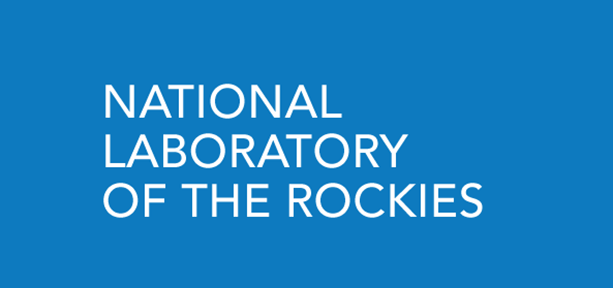Supply Characterization Model (SCM)

Abstract:
SCM simulates allocation of biomass feedstocks to hypothetical end-use locations, such as cellullosic biomass feedstocks to biorefineries. Given feedstock supplies and prices at feedstock source nodes, and feedstock end user nodes with specified feedstock demands, SCM iteratively identifies each least-cost feedstock supply to satisfy an end-use demand, resulting in a fleet of biorefineries, each with a specified supply mix and weighted-average delivered price. SCM calculates transportation cost as a function of distance and haul time, as specified by road type.
Model/Tool Platform:
C/Python
General Modeling Type:
Hybrid / other: Geospatial (hybrid optimization)
Primary analytical purpose:
Supply chain logistics:
Assessment of the implementation or design of supply chain logistics.
Secondary analytical purpose:
Feasibility/Implementation assessment:
Assessment of the feasibility or implementation of technologies and feedstocks in terms of operations or in the context of their landscape or market.
Metric categories:
- Environmental:
- Environmental Productivity (feedstock-related, e.g., NPP or yield)
- Socio-economic:
- Process Productivity (conversion-related, e.g., yield)
- Techno-economic Impact
Geospatial resolution:
Field/Watershed
Temporal resolution:
Years
Laboratory:
ORNL - Oak Ridge National Laboratory
Principal investigator:
Erin Webb
Model start year:
2003
Model last updated:
2017
Development status:
Fully Developed with periodic updates
Level of validation/review:
External Peer Review
Links:
Model scope:
Biomass Supply
Feedstock Logistics
Conversion
Distribution
End Use
- Feedstock Types
- Starch
- Sugar Crops
- Oil Crops
- Fiber Crops
- Cover Crops and Hay
- Agricultural Residues
- Herbaceous Energy Crops
- Forest Residues
- Forest Resources
- Woody Energy Crops
- Solid Wastes (e.g., MSW, C&D, yard trimmings)
- Algae
- Fats, Oils, and Greases
- Other Feedstock (not listed)
- Products/Process Outputs
- Transportation Fuels - Biodiesel
- Transportation Fuels - Ethanol
- Transportation Fuels - Renewable Diesel
- Transportation Fuels - Renewable Gasoline
- Transportation Fuels - Renewable Jet
- Bioproducts
- Other Process Output
1
2
3
4
Analytical Purpose
Supply Chain Elements
Biomass Supply
Feedstock Logistics
Conversion
Distribution
End Use
Information last updated: Sep. 17, 2019 13:45:46 EDT
